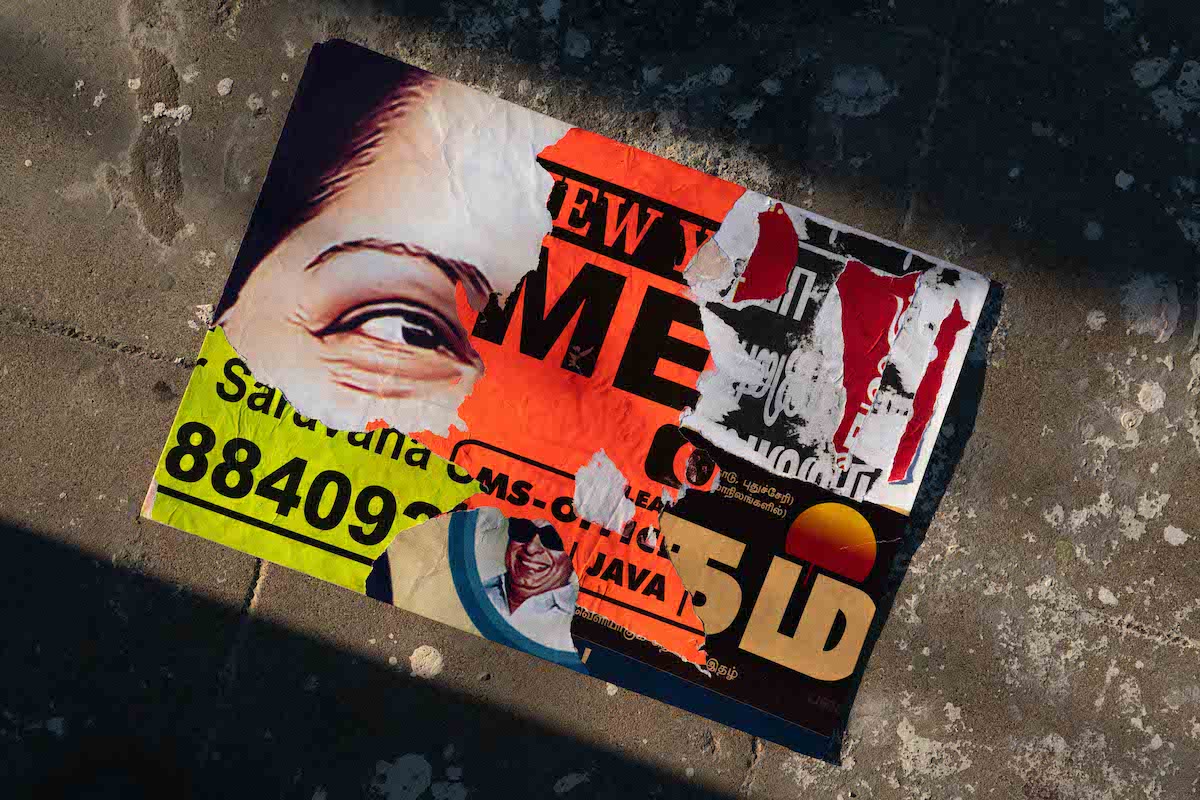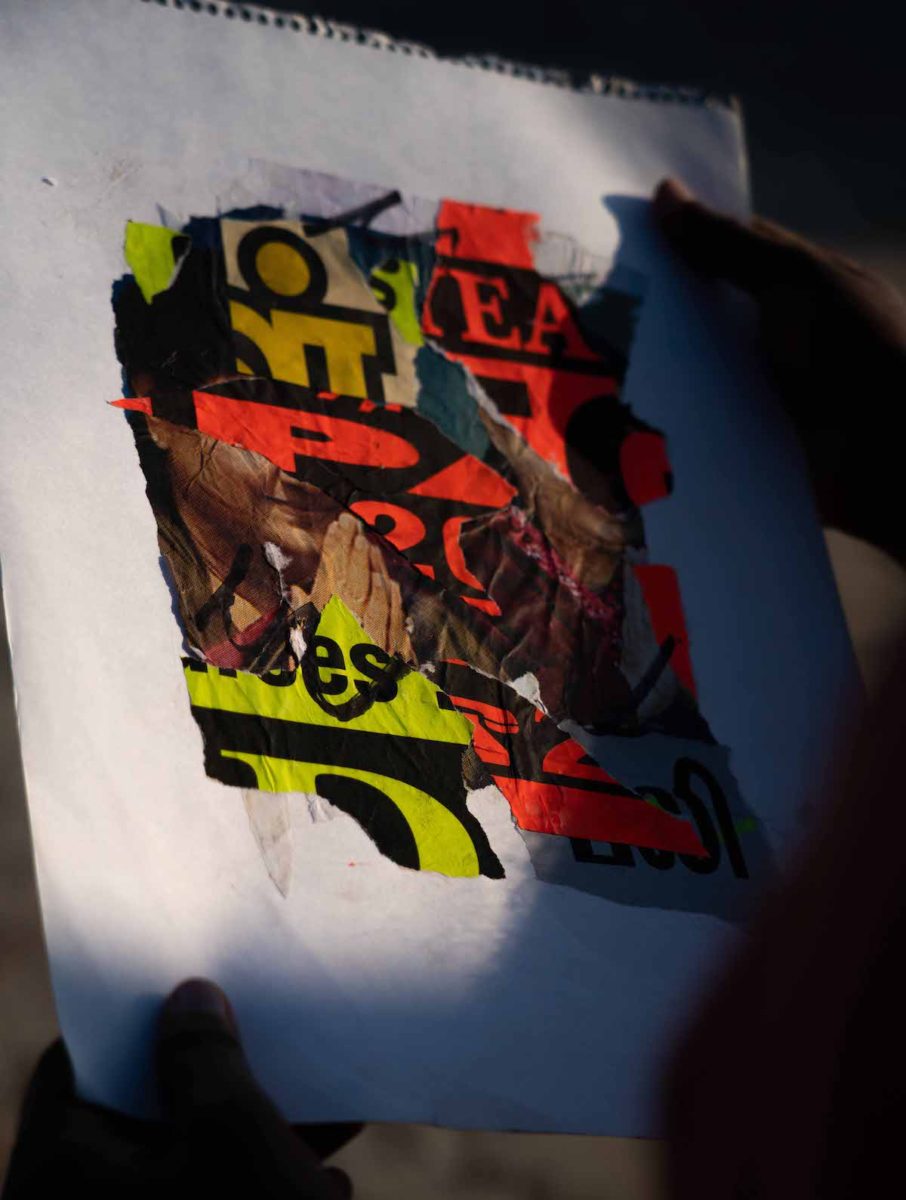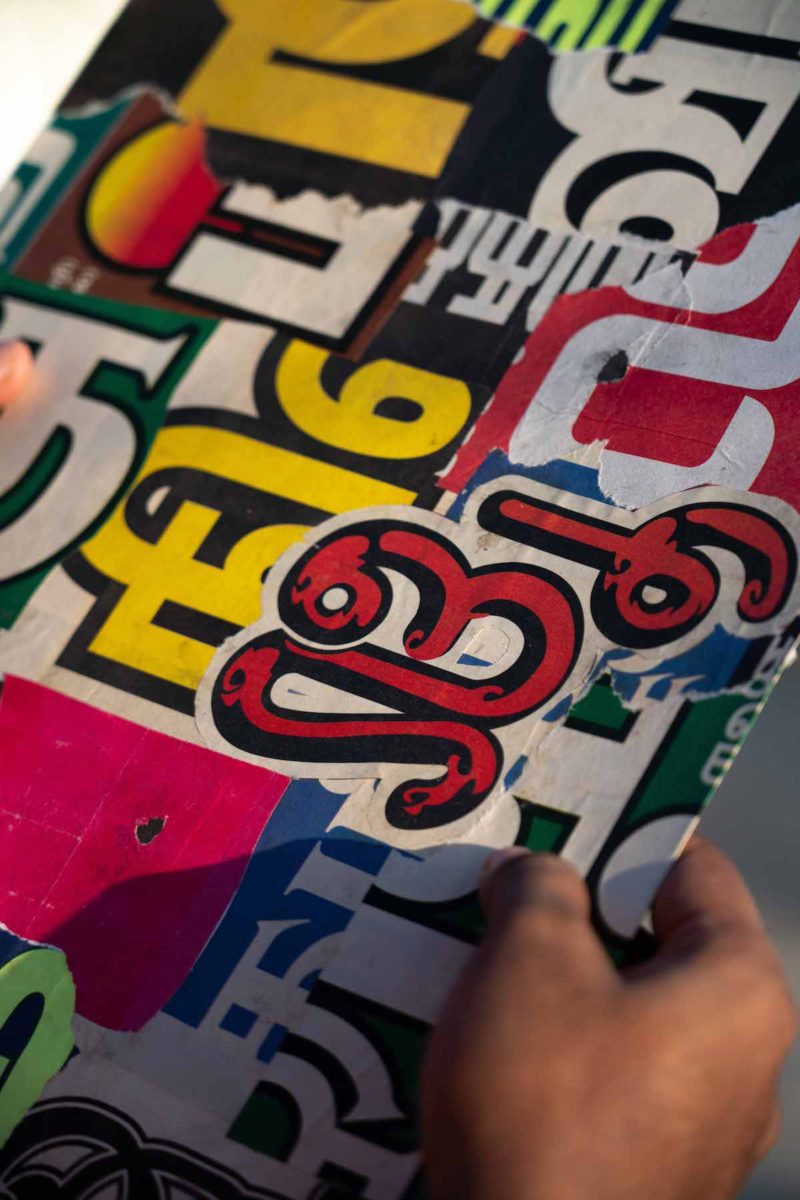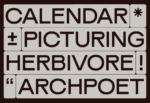Growing up surrounded by visual conversations bouncing around the streets of Chennai, India, Visual Artist and Graphic Designer Girivarshan Balasubramanian says that for a long time now, he’s been absorbing the posters plastering the city’s walls and growing increasingly fascinated with the creative culture that fuels them. ‘My works are mostly collage artworks which focus on making with the available resources. All of my works are mostly improvised, which makes them authentic – I embrace mistakes,’ he says.
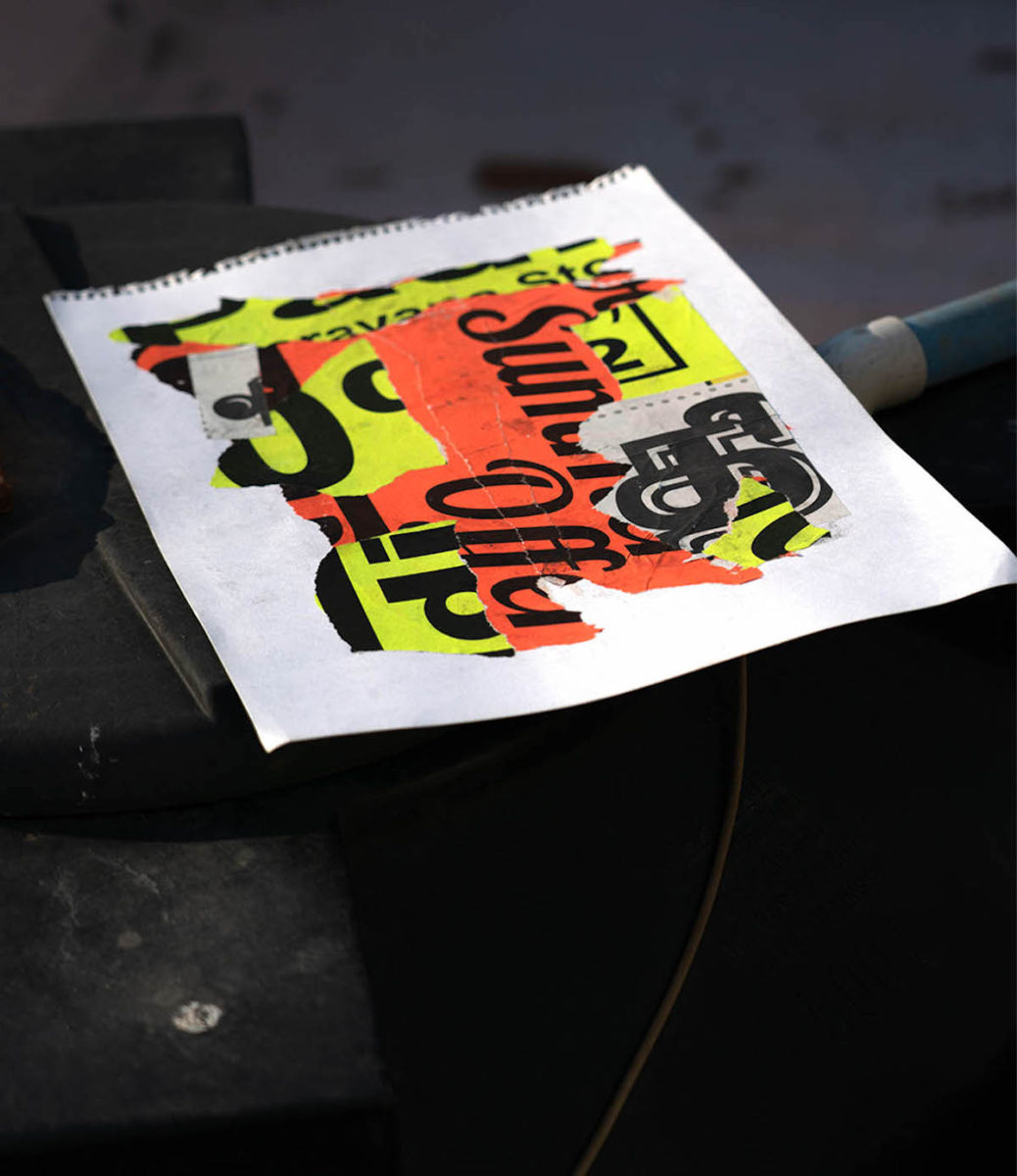
Having been in Chennai for a long time, the designer explains, ‘the street art, typography and graphics have evolved a lot. I started to notice a pattern in the visual graphics and typography around me – I noticed they held a common thread. Posters play a vital role in communication, even today you can see a plethora of posters stuck up on street walls around you. Growing up I’ve seen all kinds of posters in the streets providing discrete information, from cinema, news headlines and death announcements to politically influenced posters…I’ve never really paid attention to the information, but have always admired those layouts.’
Recently, like a love letter to Chennai’s typographic poster culture, Girivarshan initiated a project which would from borrow from the typography around him; repurposing its materials into beautiful, celebratory compositions, and offering up his own voice in the conversation between Chennai’s walls and their occupants. ‘I noticed that the visual language is quite similar for most of those posters, like bold blown up headers, fluorescent coloured papers, and tight layouts etc. This large body of posters stuck on the walls form huge abstract de-collages through time by the acts of nature or by chance, and this inspired me to create this series,’ he says.
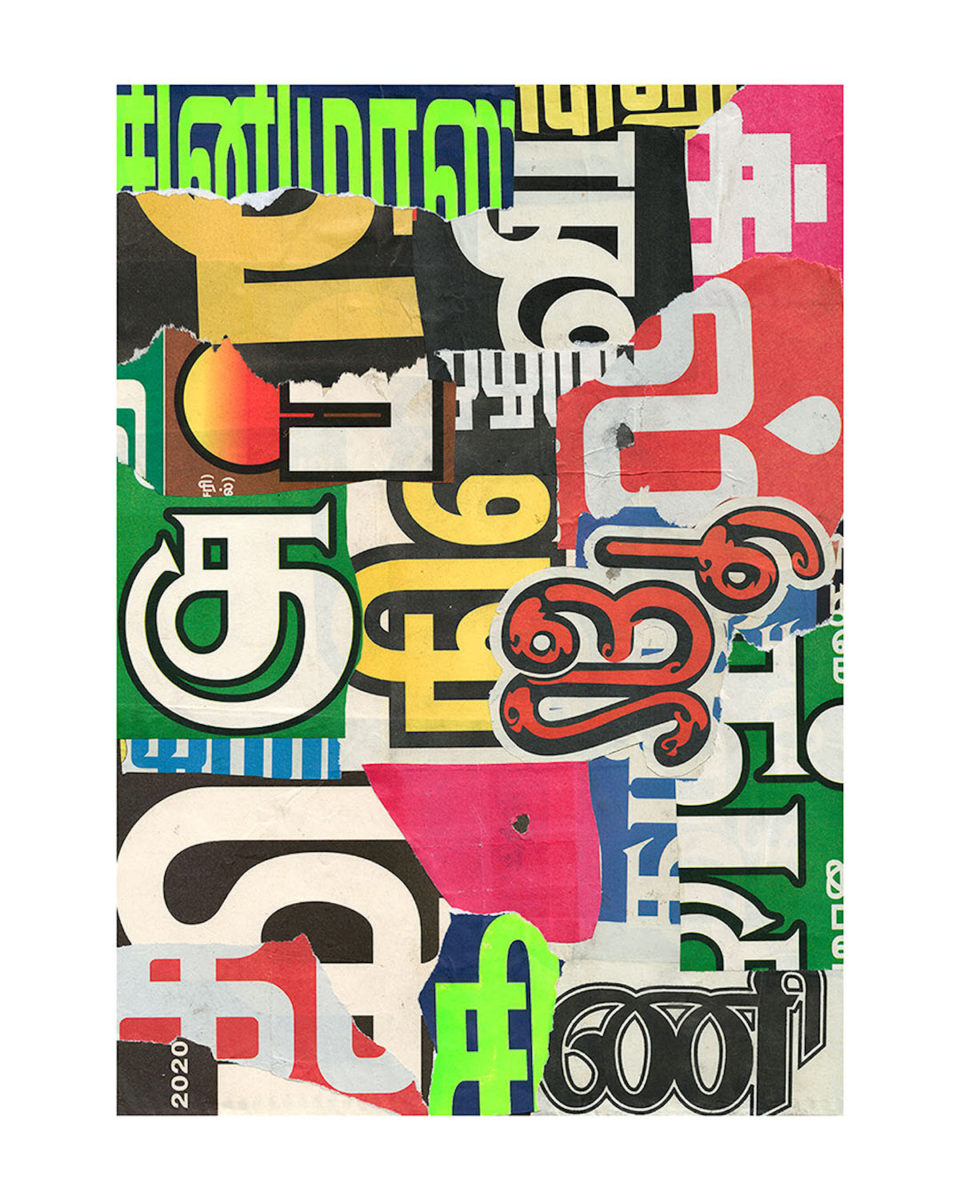

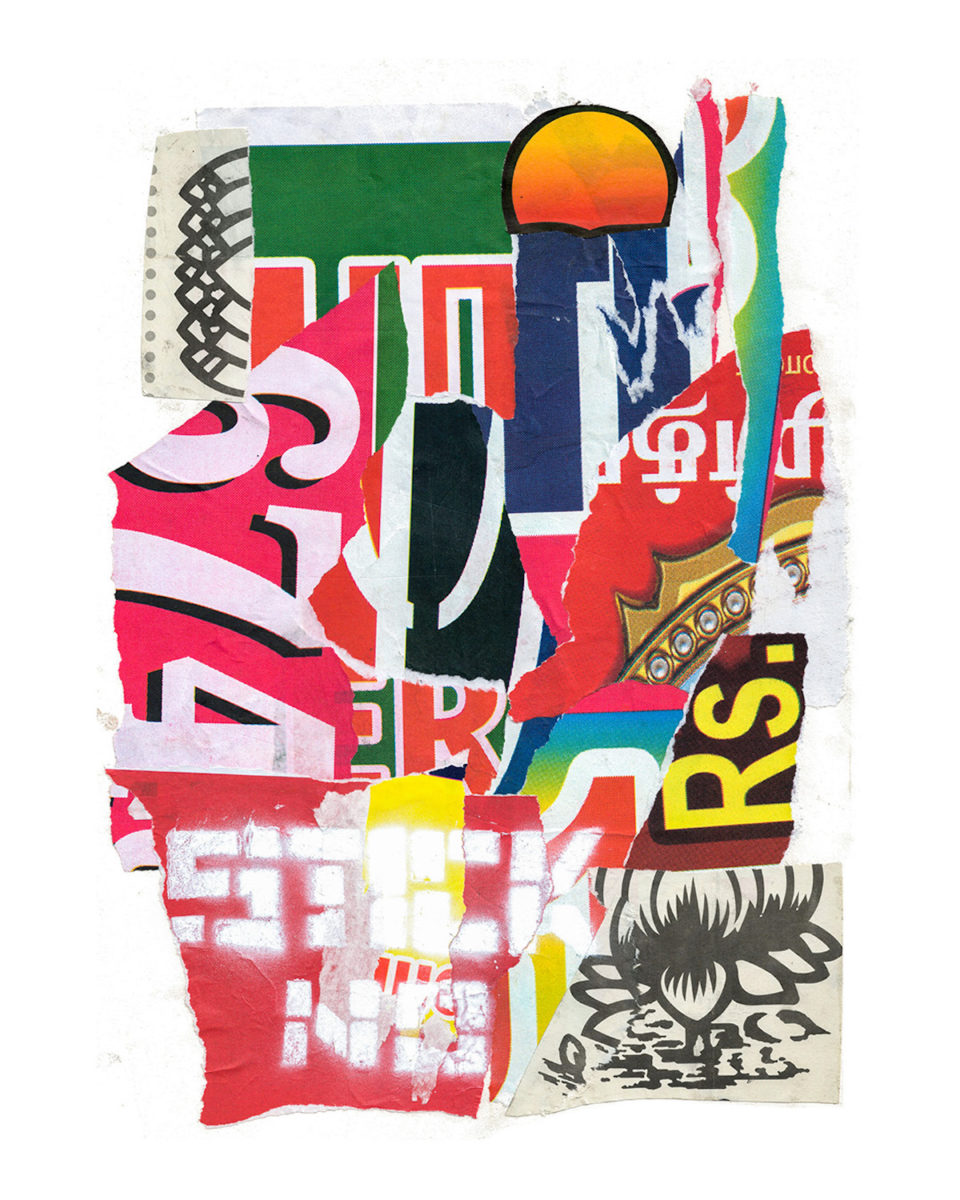
During the creation of this body of work, Girivarshan was collecting posters – or parts of posters – from the streets of Chennai; tearing them up to rearrange them into new collage compositions. ‘I realised how happy I was working these kinds of projects,’ he reflects, ‘I felt like I needed to work on more self initiated projects like these, rather than mundane corporate briefs…I wanted to involve a perspective of art in my graphic design practice as well.’
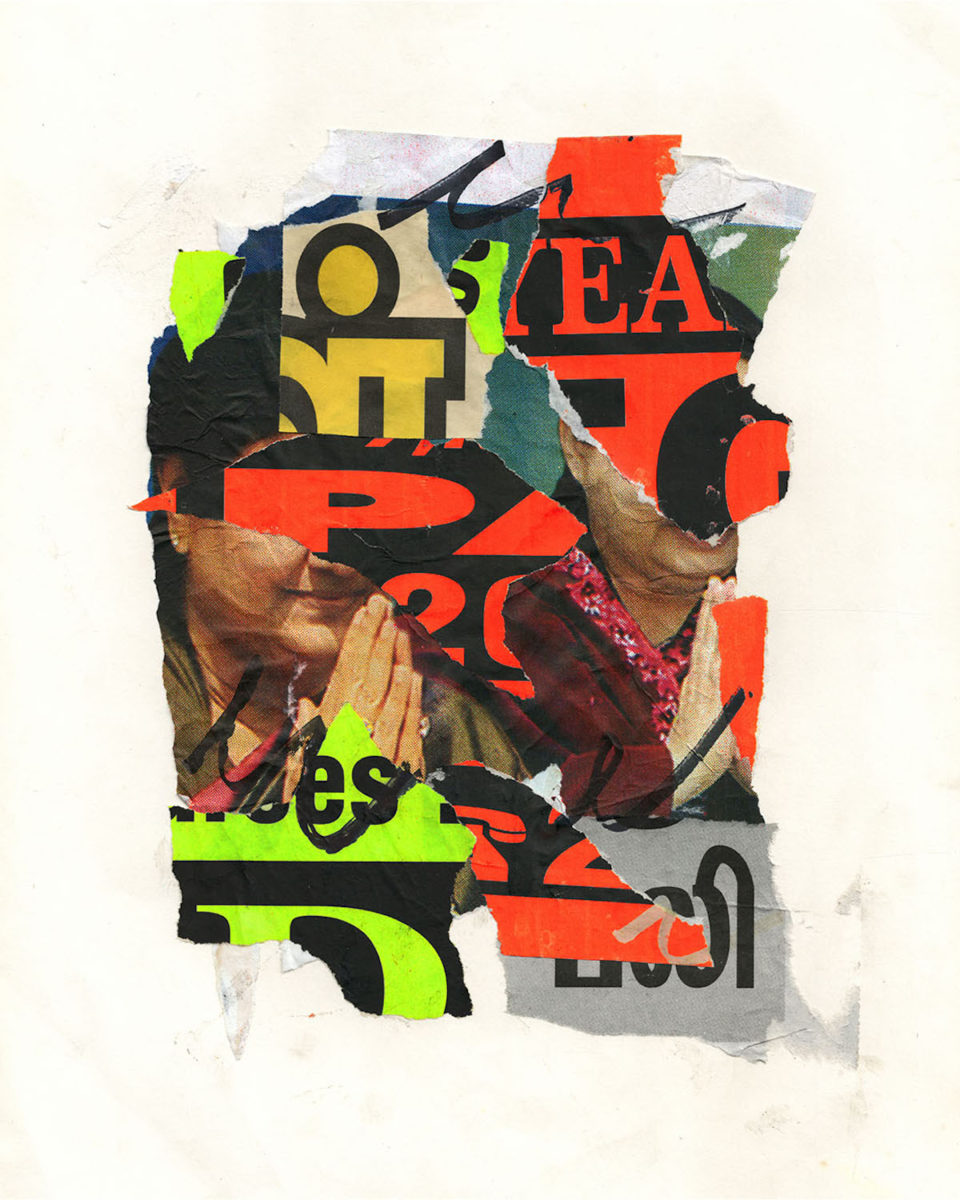
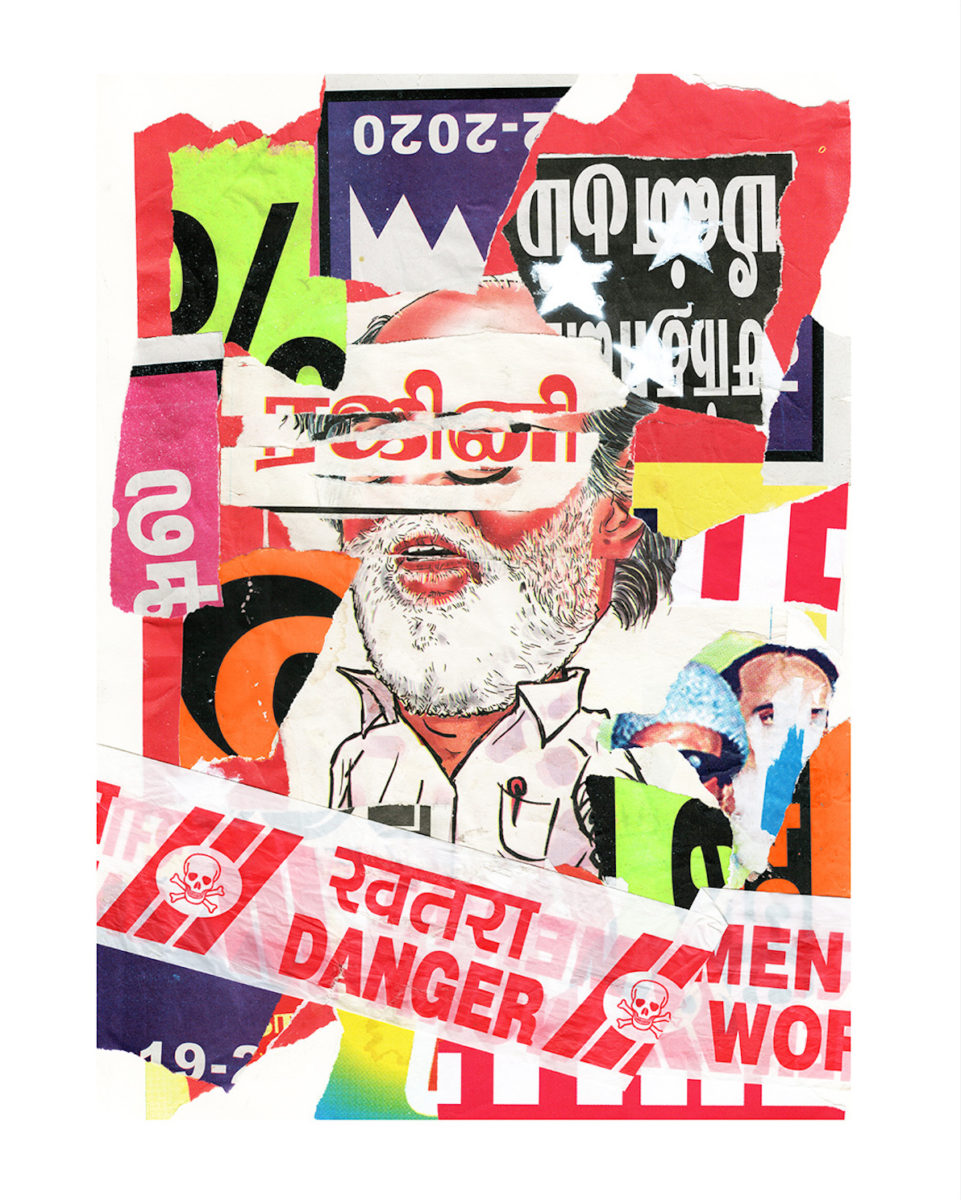
At the core of this project was a dedication to authenticity and an openness to sparking new interpretations. ‘It was important to me that my pieces looked authentic; as if they were torn off from the walls,’ Girivarshan notes, ‘So I embraced the results by leaving it all to chance, even while I was ripping the posters from my artboard to create some of the pieces. I hope to convey the street graphic language of Chennai through this project, but at the same time I respect different interpretations as well. As an artist you never want your piece to be perceived with one perspective alone.’
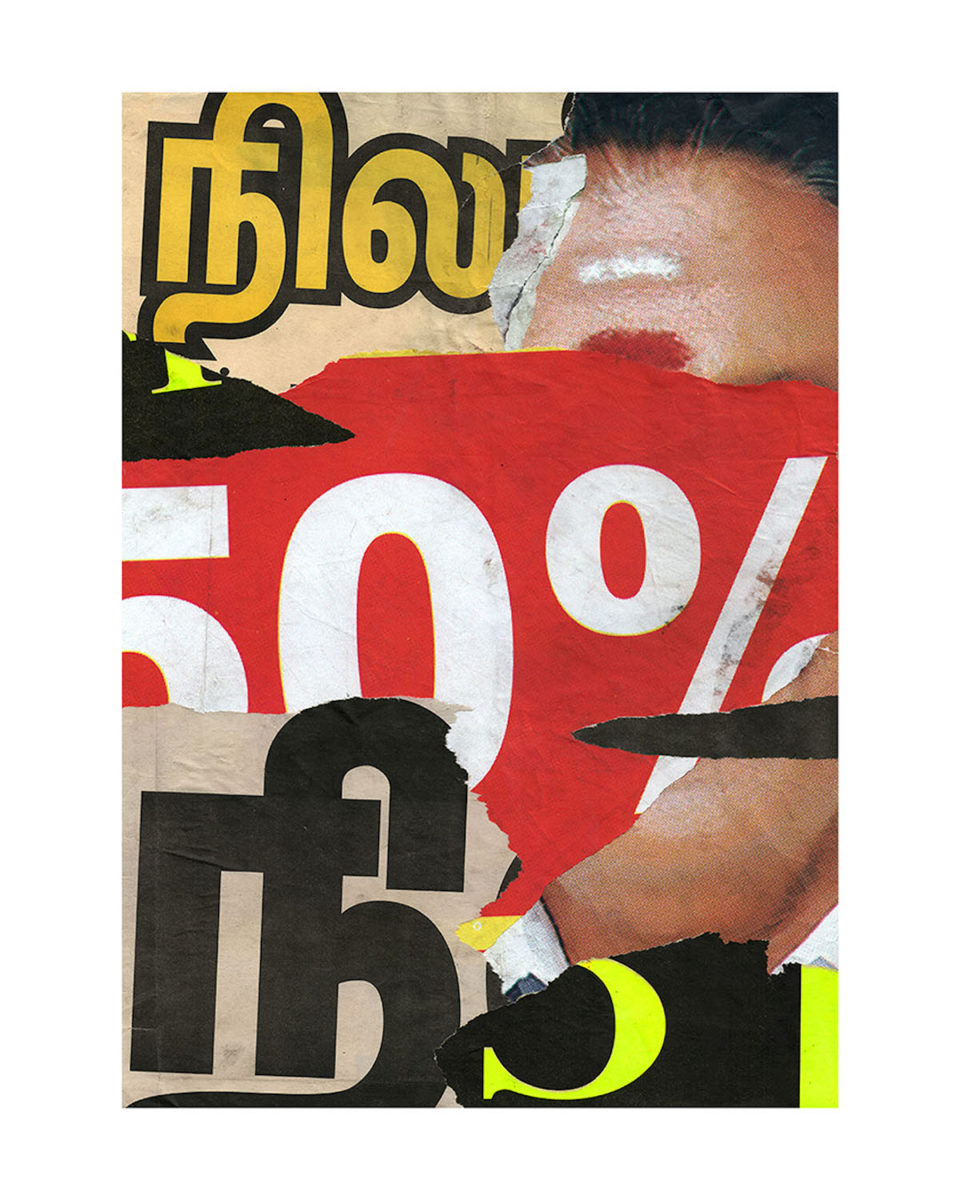
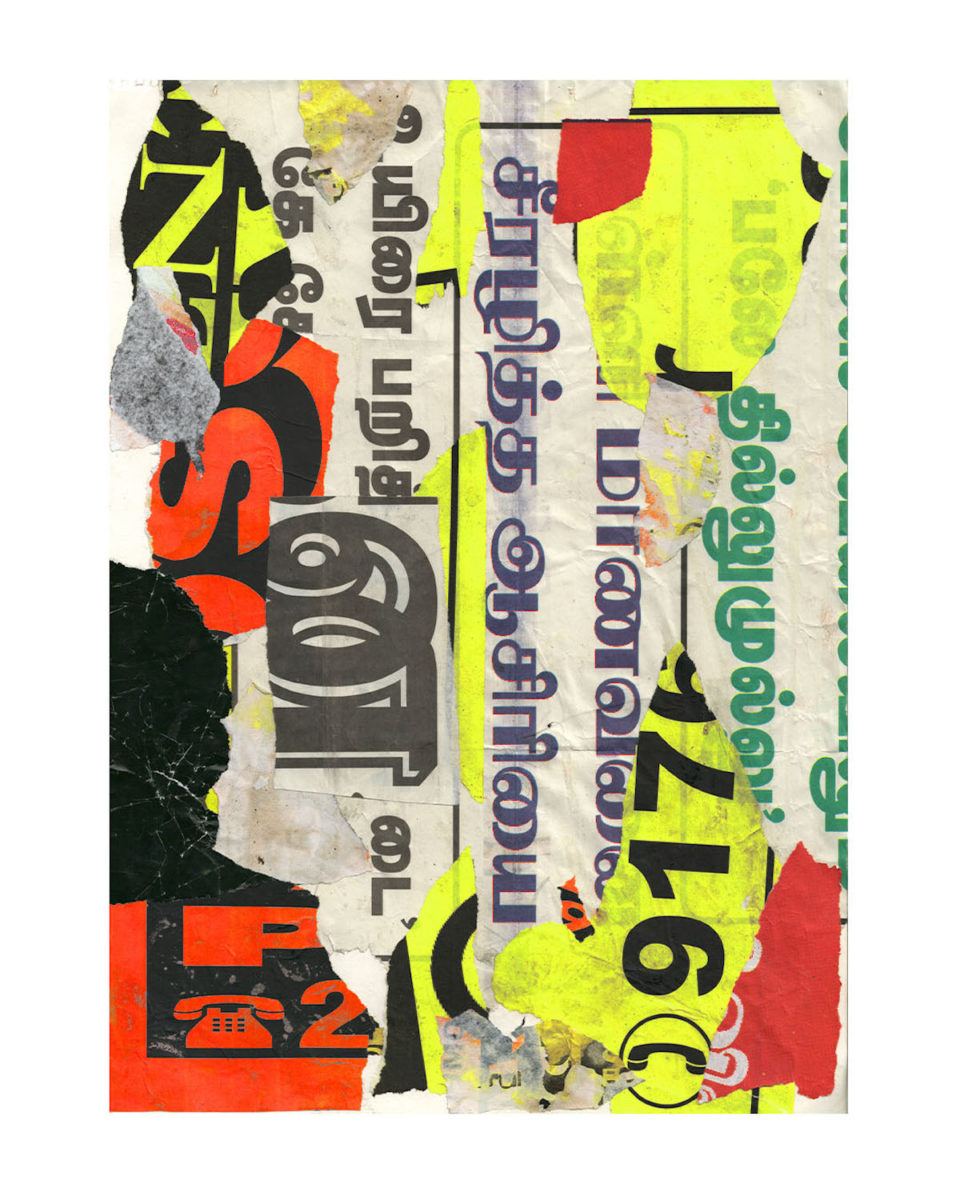
As an artist, Girivarshan is open and receptive in his approach, and it’s this which makes it so exciting to see where his work will go. ‘I start with a blank mind; I get ideas only when I’m going through the process. I let the idea come to me rather than looking for one, let art happen by chance. I hardly plan on the output of something even before I start – that never works for me. Instead, I try to leave everything to my subconscious,’ he says. Thank you so much to Girivarshan for sharing more with us on this stunning body of work. You can see more on his socials, and prints from this series, alongside others, are available to purchase online.

